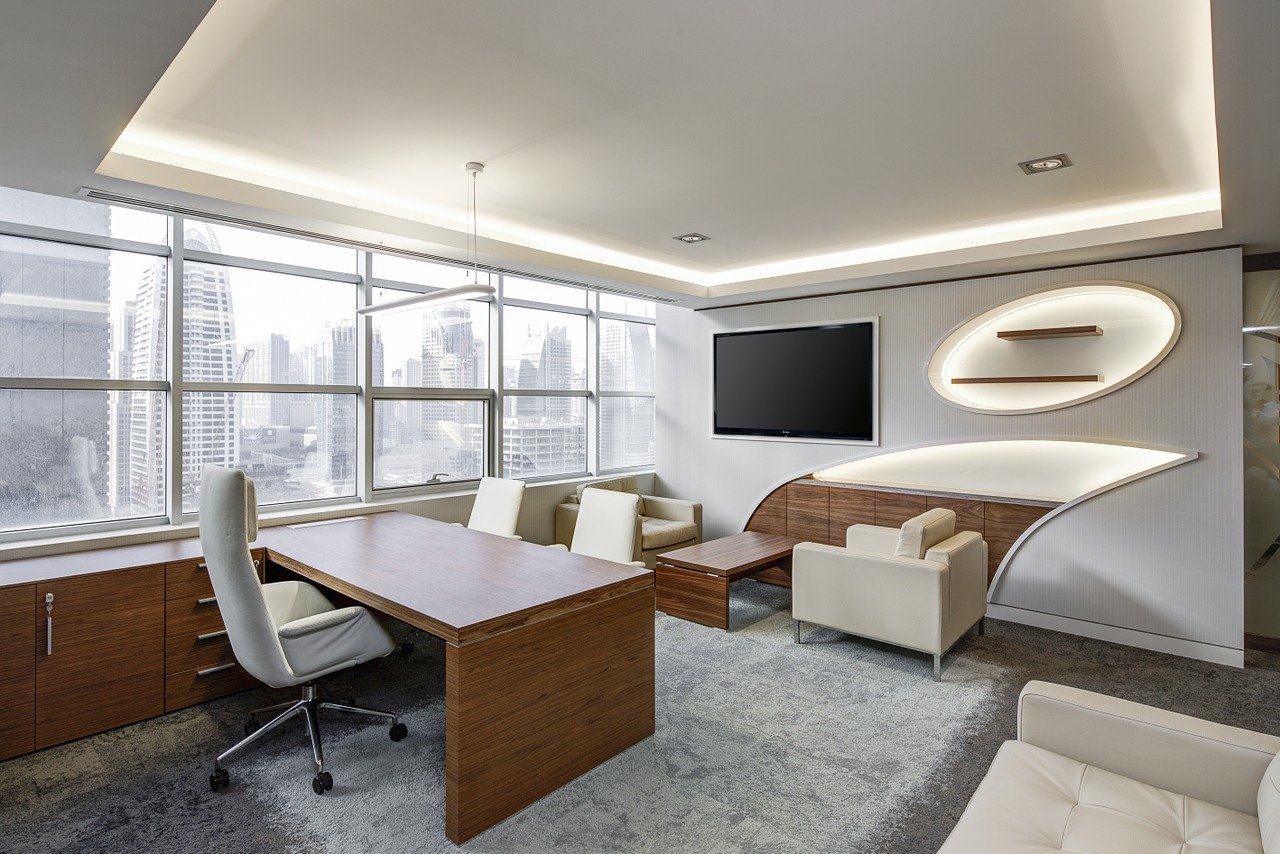A workspace is a place of productivity and teamwork. And, not every office enjoys natural lighting throughout the day. Hence, many workplaces rely on artificial lighting in office space to have enough illumination to get the work done. But, without even realizing it, they are at times using lighting options which can actually hamper productivity and health of the employees.
Lighting plays a significant role in increasing efficiency. It also boosts the mood and health of employees. Since the inception of light bulbs in 1879, the lighting industry has evolved so much. Today there are numerous office lighting options and ideas available in the market to opt for.
However, the problem remains the same. Which lighting ideas to incorporate and which to skip. To scrutinize your search, here are some of the best lighting tips. They will help you achieve greater employee satisfaction and motivation at shared office spaces.
Top ways to utilize lighting in the shared office effectively
Illuminate by area and task
A workspace should be altered with a good lighting plan with different lighting solutions for a well-balanced result. For instance, an office must use general lighting to encompass the entire scope of the space. Along with that, additional lighting for tasks, visibility lighting for walkways and other featured rooms and areas. Even a little ambience lighting can do wonders to please the working environment.
You can also consider general overhead lighting with task lighting. It is an excellent option for shared office spaces. Task lighting will illuminate the area to perform the aligned job efficiently while overhead lighting will add an extra layer of illumination. The goal of such combination or mixing several lighting in office space is to give a gentler light source rather than just having one solution to encompass all needs.
In breakout zones, suspended and colourful ranges like Inform from Wipro lighting can also help bring a tint of an interactive and casual environment. These lights enhance the mood of people which leads to better focus and productivity
Read: Spectrum 1.1b 22.5b financialtimes.
Brighter is not always good
When it comes to finding the best lighting for shared office space, many people tend to think that brighter is always better. The more vividly the luminary is, the better will be the productivity and wellness of the employees. But, if the light is too bright, it can overpower the space, causing eye strains and glare or discomfort when working for hours.
Hence, it is essential to follow the general rule of lumens based on the square footage of the room. For example, to light a floor, 20 lumens per square foot is required. Whereas, for a desk or any other raised surface, an average of 50 lumens per square foot is needed. These requirements may differ according to the natural lighting in the office, but there are basic guidelines to plan the lighting design and ensure you are not going too bright in terms of lumen output.
Consider dimmers and the correct colour temperatures
One of the biggest tips on best lighting ideas for shared office space is to install dimmers. It is helpful during presentations, screen work, and other tasks where less light is required for better visibility and versatility. It is also a great way to give the staff a break from bright lights and illumination.
Apart from dimming, the right lighting temperature is also required while designing a lighting plan for shared office spaces. Maintaining the colour temperature is crucial for office settings because the way the colour temperature attracts the screen affects the eyes of the employees.
According to the Kelvin scale, a warm temperature will have a more yellow colour effect. Whereas the cool light is all about white and blue appearance. Consider the colour temperature according to the space, purpose, and working hours. For instance, choosing a cool table lamp can be sharp or unpleasant for the eyes while working on a screen for long hours.
An effective way to select the best colour temperature for office spaces, tasks and other lighting requirements is to experiment with different types of lighting in office space. It will give a better understanding of the lighting options, their accuracy and their design to amalgamate with the workplace.
Read Also About: What is MBC2030 live?

